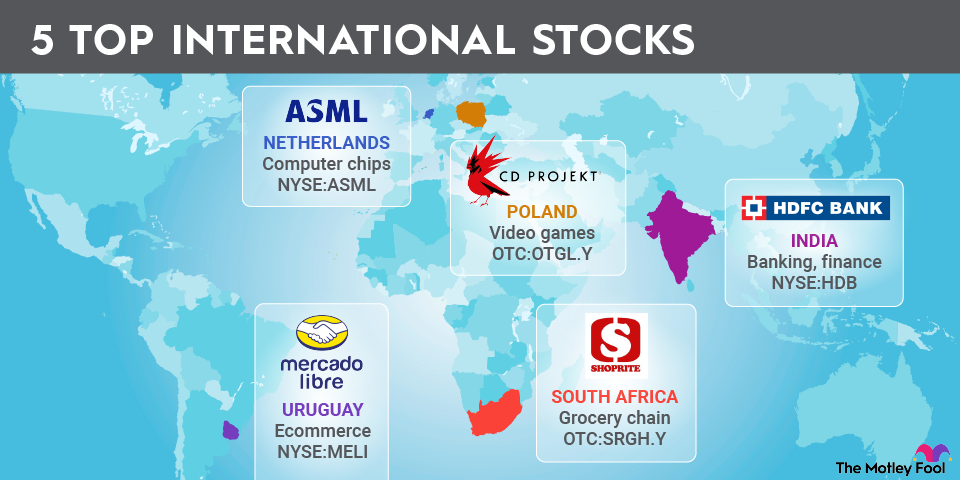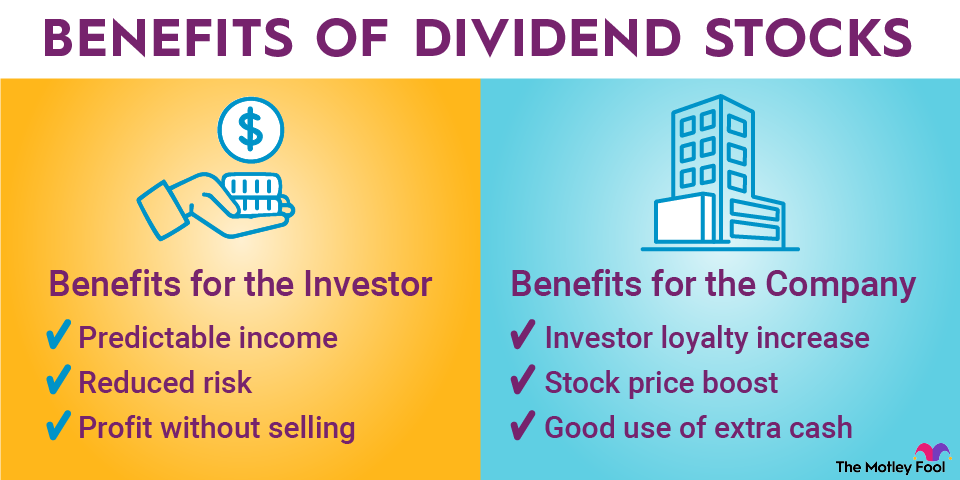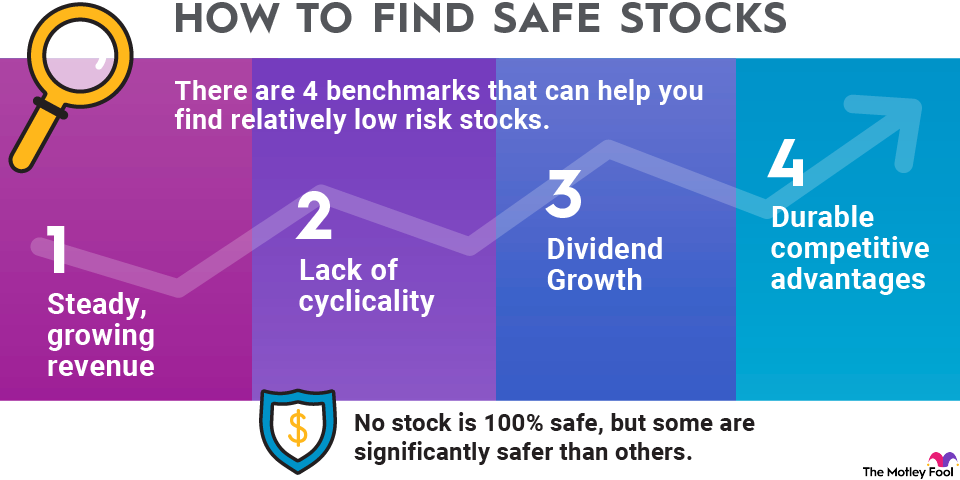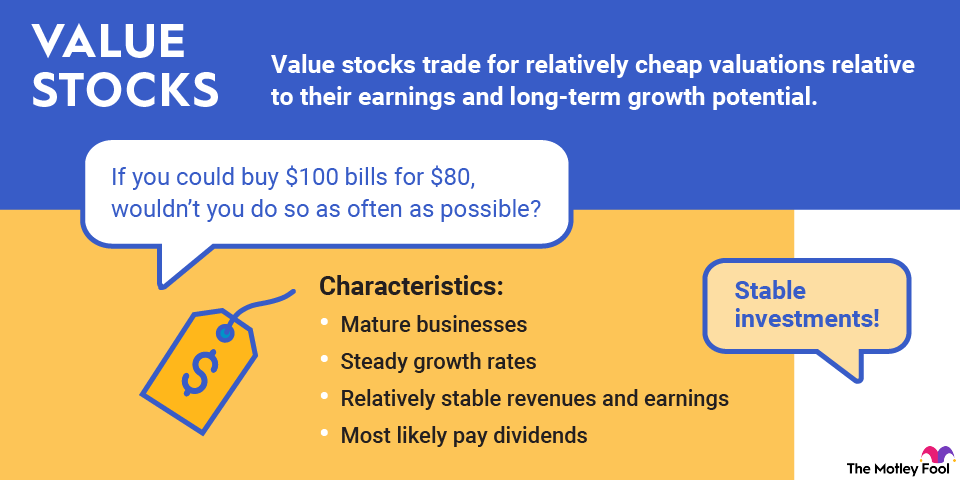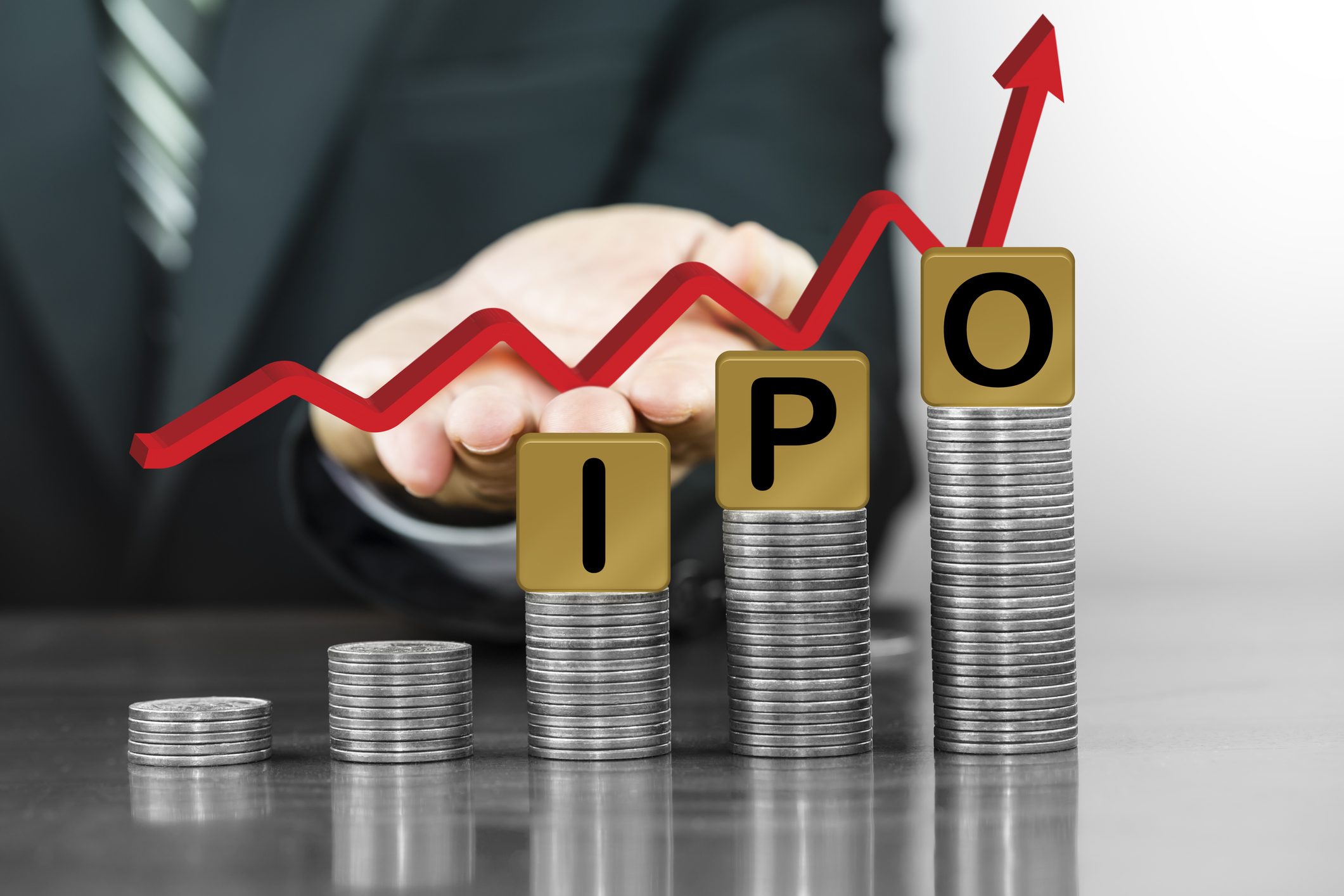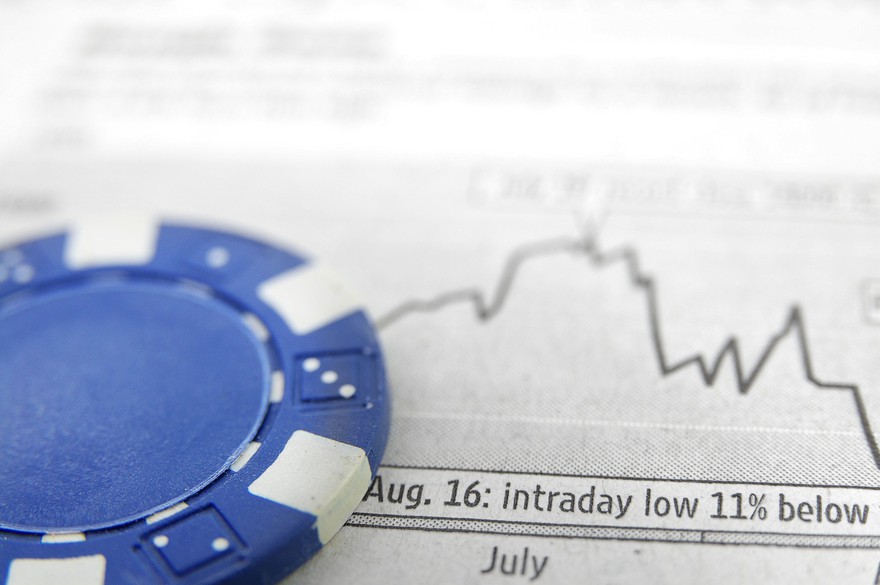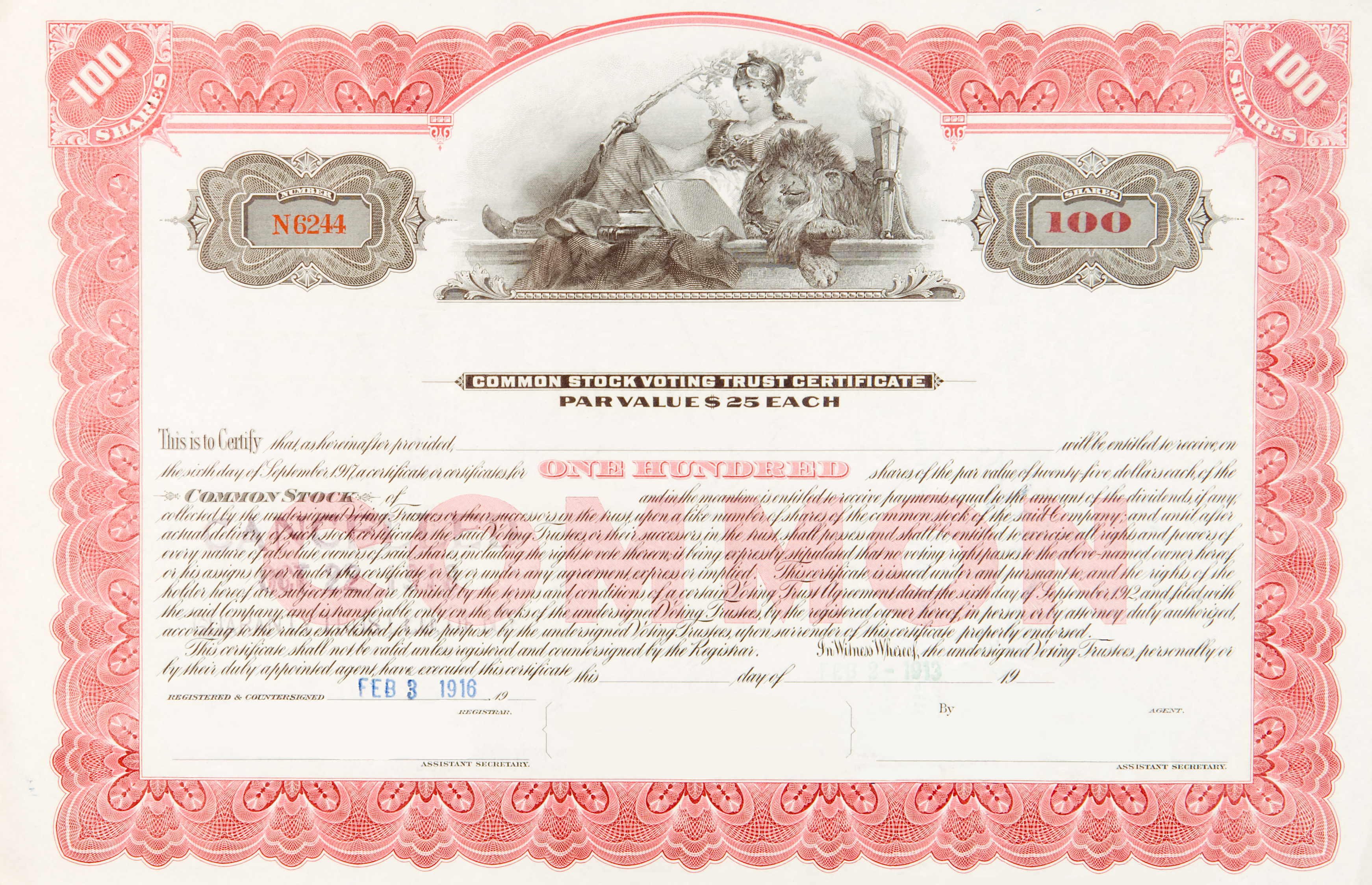What are the most volatile stocks on the market today? You might be surprised. The stocks that have exhibited the highest volatility in recent months won't necessarily be the ones with the most volatility going forward. In this article, we'll define exactly what stock market volatility is, identify the types of stocks with especially high volatility in 2025, and discuss whether or not volatile stocks are right for you.

Understanding stock market volatility
All stocks move up and down over time. Stock volatility refers to how much they rise or fall within a specified period. Generally speaking, the more volatile a stock is, the riskier it is. However, that's not always the case.
Stock Market Volatility
There are several ways to measure stock volatility. Below are three of the most common methods used:
Beta
This measures the volatility of a given stock or group of stocks compared to the overall stock market (usually represented by the S&P 500). It's calculated by dividing the covariance (how much two data points vary) of the return on an individual stock or group of stocks and the return over the overall market by the variance of the return of the overall market.
Many financial websites provide individual stocks' beta coefficients, so you don't have to crunch the numbers yourself. A beta coefficient of more than 1.0 indicates that a stock tends to be more volatile than the overall market, while a coefficient of less than 1.0 indicates that the stock tends to be less volatile than the overall market.
Implied volatility
This measures how much the market expects a stock will change over a period of time. It is derived from options prices using a complicated mathematical formula called the Black-Scholes model. Stocks with higher implied volatility are more volatile than those with lower implied volatility.
Standard deviation
This measures how much a stock varies from its average or mean value over a period of time. It's calculated by obtaining the square root of the sum of the stock's variance from its average divided by the number of data points. The higher the standard deviation, the more volatile the stock.
Multiple factors can cause stock volatility. Some of the most important include investors' emotions, geopolitical events, macroeconomic trends, and issues affecting individual businesses.
Five types of high-volatility stocks
Certain stock market sectors can exhibit higher levels of volatility than others. However, the sectors that are highly volatile during one period could rank among the less volatile ones during another period.
State Street (STT +1.43%) Global Advisors, which operates several exchange-traded funds (ETFs), including the SPDR S&P 500 ETF Trust (SPY +0.19%), published the volatility of each S&P 500 sector in August 2025. Below is a list of the five highest-volatility stock sectors based on the company's volatility composite score.
1. Healthcare
The healthcare sector includes biotech, pharmaceuticals, medical technology, and health insurance companies. The sector also includes healthcare providers such as hospitals, dental clinics, physician clinics, assisted living facilities, and skilled nursing facilities.
Volatility in the healthcare sector is typically lower than in most other sectors. That wasn't the case in mid-2025, though.
Factors contributing to the higher volatility included a tight labor market, inflationary pressures, and the Trump administration's policies (notably, threatened tariffs on pharmaceutical imports and a planned implementation of most-favored-nation drug pricing, which would set drug prices in the U.S. based on the lowest price paid by other developed countries).
UnitedHealth Group (UNH -0.77%) has been an especially volatile healthcare stock through the first half of 2025. The giant health insurer suspended its full-year guidance in May because of higher-than-expected Medicare Advantage costs.
Former CEO Andrew Witty stepped down unexpectedly. The Wall Street Journal also reported that the U.S. Department of Justice launched a criminal investigation into alleged Medicare fraud by UnitedHealth Group.

NYSE: UNH
Key Data Points
2. Consumer staples
Consumer staples stocks usually aren't exceptionally volatile. Consumer staples include the kinds of products people use regularly, such as food and beverages, household products, and personal care products.
But consumer staples ranked as the second-most volatile sector as of August 2025, according to State Street. Rising inflation, which drives companies' costs higher and can push customers to look for less expensive alternatives, can create positive volatility for some consumer staples stocks.
For example, shares of tobacco giant Philip Morris (PM -0.52%) have soared in 2025. Philip Morris typically isn't volatile, though -- its five-year beta is a low 0.48.

NYSE: PM
Key Data Points
3. Real estate
The real estate sector includes companies that develop, own, or manage properties. Real estate stocks are often volatile because they're highly sensitive to interest rates.
Lower rates are usually positive for real estate stocks, while higher rates can cause real estate stocks to fall. The Federal Reserve's rate cut in the second half of 2025 was viewed favorably by real estate investors.
WellTower (WELL +0.22%), a real estate investment trust (REIT) that owns healthcare properties, is a good example of recent volatility in the real estate sector. This REIT stock has delivered a big gain in 2025. However, its five-year beta of 0.91 indicates that WellTower has historically been less volatile than the overall market.

NYSE: WELL
Key Data Points
4. Communications services
The communications services sector includes companies that provide telecommunications services as well as those that create entertainment and information content. Wireless network companies belong to the sector, as do cable TV companies and internet giants.
This sector isn't always especially volatile. Macroeconomic uncertainty and concerns about consumer confidence have contributed to the communications services sector's volatility in 2025.
Sometimes, volatility is more specific to a company than the sector to which it belongs. For example, telecommunications and media company Charter Communications (CHTR +2.56%) has been highly volatile due largely to underlying business challenges.

NASDAQ: CHTR
Key Data Points
5. Materials
The materials sector includes companies that produce, process, and distribute raw materials such as minerals, oil, gas, and steel. Materials stocks can be volatile because they're closely connected with the overall economy.
Volatility in the materials sector can stem from factors such as economic cycles, commodity price fluctuations, and supply chain disruptions. In 2024, falling commodity prices contributed to the increased volatility in the sector. The high volatility for the materials sector continued in 2025, in part due to worries about the Trump administration's trade policies.
Shares of mining company Freeport-McMoRan (FCX +1.32%) have been especially volatile this year. The stock experienced multiple big price swings, with a five-year beta that was unsurprisingly high at 1.58.

NYSE: FCX
Key Data Points
Are volatile stocks right for you?
Volatile stocks could be right for you if:
- You aren't averse to taking on significant risk.
- You like the excitement that highly volatile stocks offer.
- You want potentially greater returns that volatile stocks might provide.
On the other hand, volatile stocks probably won't be a good fit for you if:
- You're cautious by nature.
- You prefer steady and reliable investments.
- You're willing to give up potentially explosive gains to lower your overall risk.
Can you reduce your risk when buying stocks with higher volatility? In many cases, the answer is yes. Taking the following steps can help lower your risk:
- Follow a buy-and-hold strategy. Some stocks that are exceptionally volatile over the short term won't be nearly as volatile over the long term.
- Build a diversified portfolio. By including stocks that span a wide variety of sectors and industries, you increase your chances for long-term success.
- Manage your position sizes in highly volatile stocks. The number of shares you buy can make a big difference in how much risk you take on.
Related investing topics
How to invest in volatile stocks
Follow these steps to invest in volatile stocks (and not-so-volatile stocks, too):
- Open your brokerage app: Log in to your brokerage account where you handle your investments.
- Search for the stock: Enter the ticker or company name into the search bar to bring up the stock's trading page.
- Decide how many shares to buy: Consider your investment goals and how much of your portfolio you want to allocate to this stock.
- Select order type: Choose between a market order to buy at the current price or a limit order to specify the maximum price you're willing to pay.
- Submit your order: Confirm the details and submit your buy order.
- Review your purchase: Check your portfolio to ensure your order was filled as expected and adjust your investment strategy accordingly.


